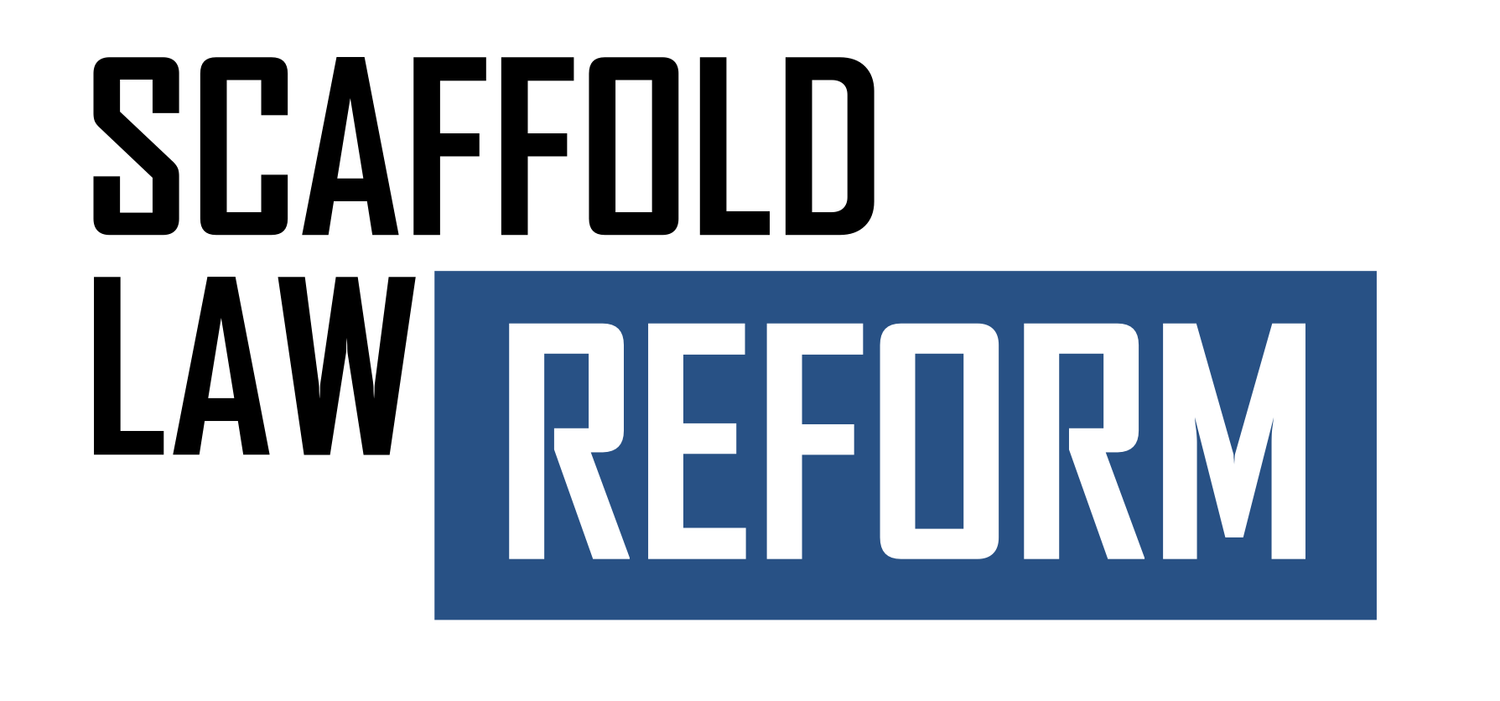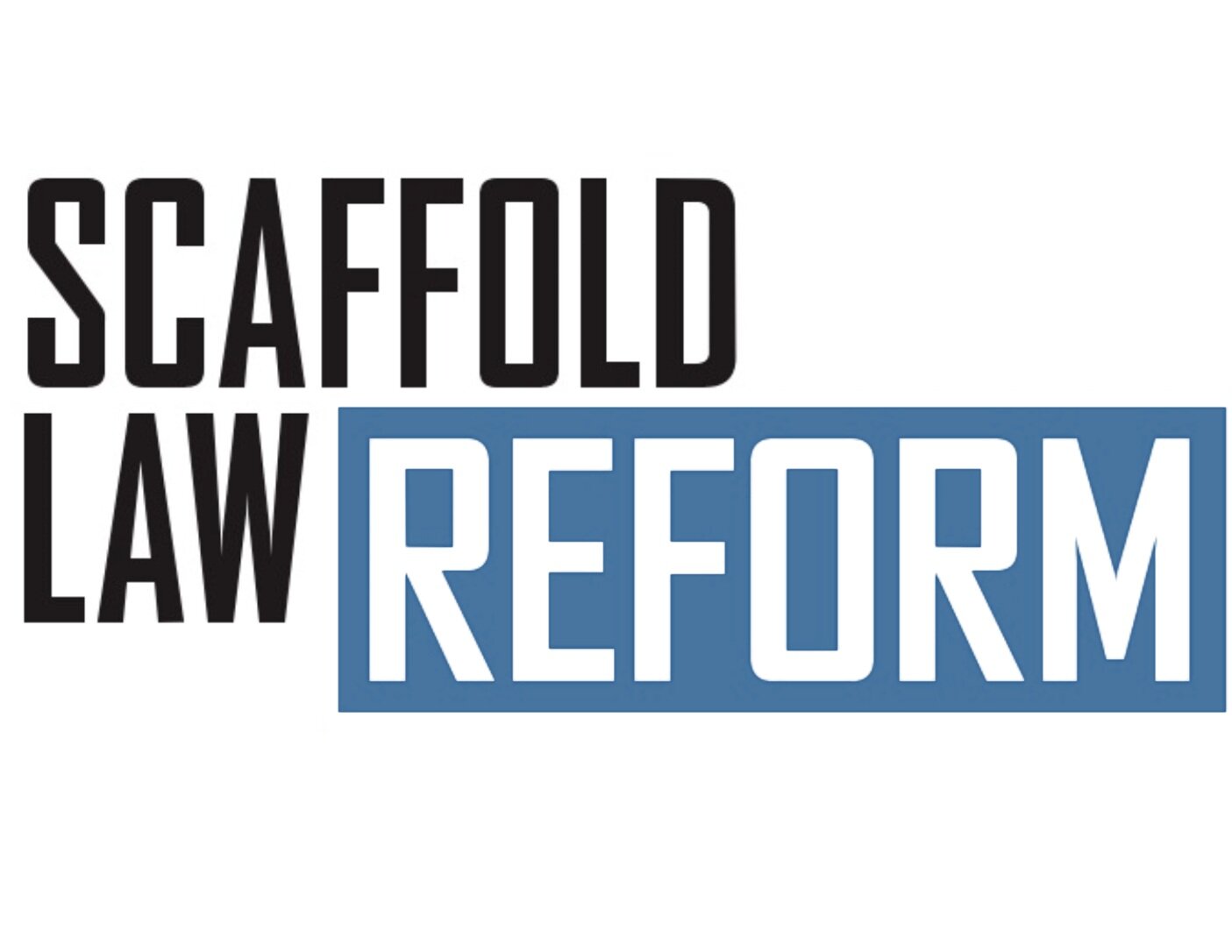New York could build 300,000 units in 10 years with six new policies, report finds
By: E&T editorial staff
The authors of a new RAND Corporation report on New York housing affordability have stressed the need to the supply of housing in the city.
They have identified six policies that could spark the production of roughly 300,000 additional new housing units over a decade.
The policies include increasing allowable building density in strategic areas, streamlining building approval processes, reforming liability rules for construction sites, and introducing incentives to encourage conversion of office buildings to residential uses.
The additional housing units would represent a more than 160 per cent increase over recent annual housing production levels in the city, according to the report.
The authors said the surge in housing supply was likely to lead to increased affordability through greater competition among landlords for tenants in the short term and an increase in naturally occurring affordable housing over the longer term.
“Recent housing policy in New York City primarily has focused on price controls and direct public financing of affordable housing production,” said Jason Ward, lead author of the study. “But without significant increases in housing production, these approaches are unlikely to lead to broad increases in affordability in the city.”
Currently, New York City is undergoing a deep crisis of housing affordability. In the past 10 years, the number of single adults experiencing homelessness in the city has more than doubled, and, as of 2021, a majority of renters spend more than 30 per cent of their incomes on housing.
Record-high rents, expiration of tax relief programmes and a collapsing office real estate sector are to blame, the report says. To date, measures taken to address this issue have focused on increasing affordability through price controls, rather than building more housing stock.
Between 2010 and 2020, the city’s population increased by around 630,000, while its housing stock increased by 200,000 units.
RAND Corporation researchers have comprised a six-step solution: establishing a new tax relief programme, increasing floor-area ratio limits within walking distance of subway and rail stops, incentivising office-to-residential conversions in Manhattan, eliminating bureaucracy, reforming the Scaffold Law to fall in line with nationwide standards and establishing automatic triggers for area upzonings.
The decision to relax density restrictions in areas within walking distance of subway and rail stops would generate an additional 122,000 housing units in New York over a decade, according to the analysis.
“The central point we hope that policymakers and the public will take away from the report is that housing production is a critical part of any solution to housing affordability – in New York and elsewhere – and that there are many ways to increase housing production,” Ward said.

